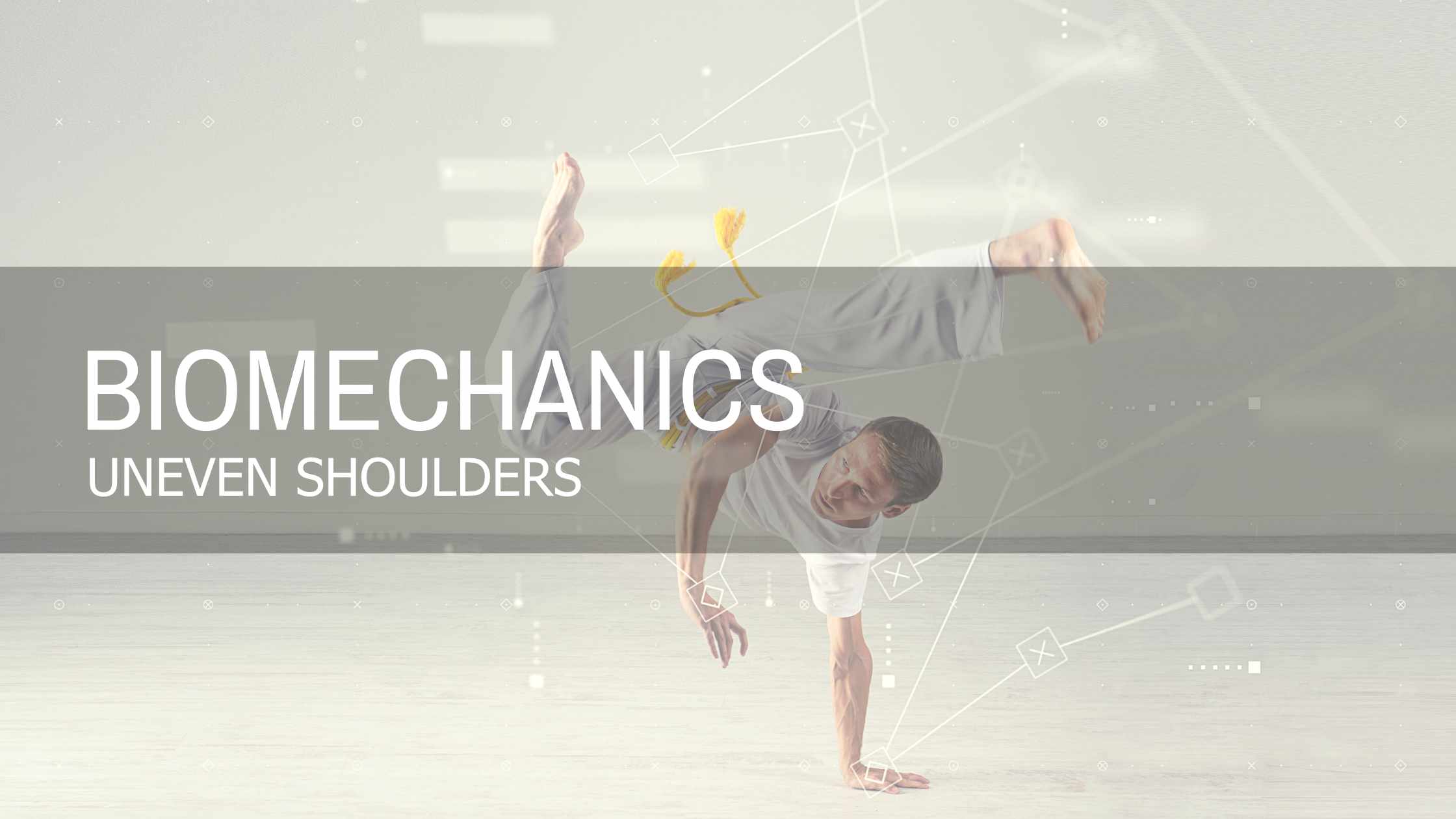
Apr 30 , 2021
0 Comments
Designed to Move | Uneven Shoulders
What are Uneven Shoulders?
In a neutral state, the shoulders should sit evenly on top of the rib cage. The rib cage, the supportive foundation for the diaphragm and lungs, is essential for optimal breathing and efficient energy use. However, when the rib cage becomes elevated on one side, the adjacent shoulder becomes elevated too and this puts pressure on the opposing side of the spine. This can contribute to a curvature in the spine and uneven shoulders. It’s important to note that most people have some of degree of uneven shoulders.
How Does this Happen?
Sitting for prolonged periods of time and engaging in too many squatting/lunging movements may lead to quad dominance (tight quads can push the hip downwards). This can cause unevenness in the hips, which impacts the curve of the spine and the rib cage by extension. To go more in depth, when the hip becomes tighter on one side, it becomes locked up and the other hip tries to compensate, leading to an elevation of that one side. The elevated hip impacts the alignment of the spine and the rib cage in relationship to the shoulder. With the elevation of the rib cage and shoulder, it decreases the area and capacity of how much the rib cage can expand for optimal breathing and efficient energy expenditure.
What are the Signs of Uneven Shoulders?
- Asymmetry of the shoulders
- Asymmetry of the hips
- Belabored, shallow breathing
How Can You Fix It?
To balance out the shoulders and improve the muscular imbalance relationship between the shoulders, ribcage, and hips, we would recommend the following exercises:
- Release- QL /hiked hip side
- Activate - external oblique/opposite side of hiked hip
- Integrate - Split stance 1 arm band pull down / opposite side of hiked hip
- Strengthen - 4-point serratus press /opposite side of hiked hip




